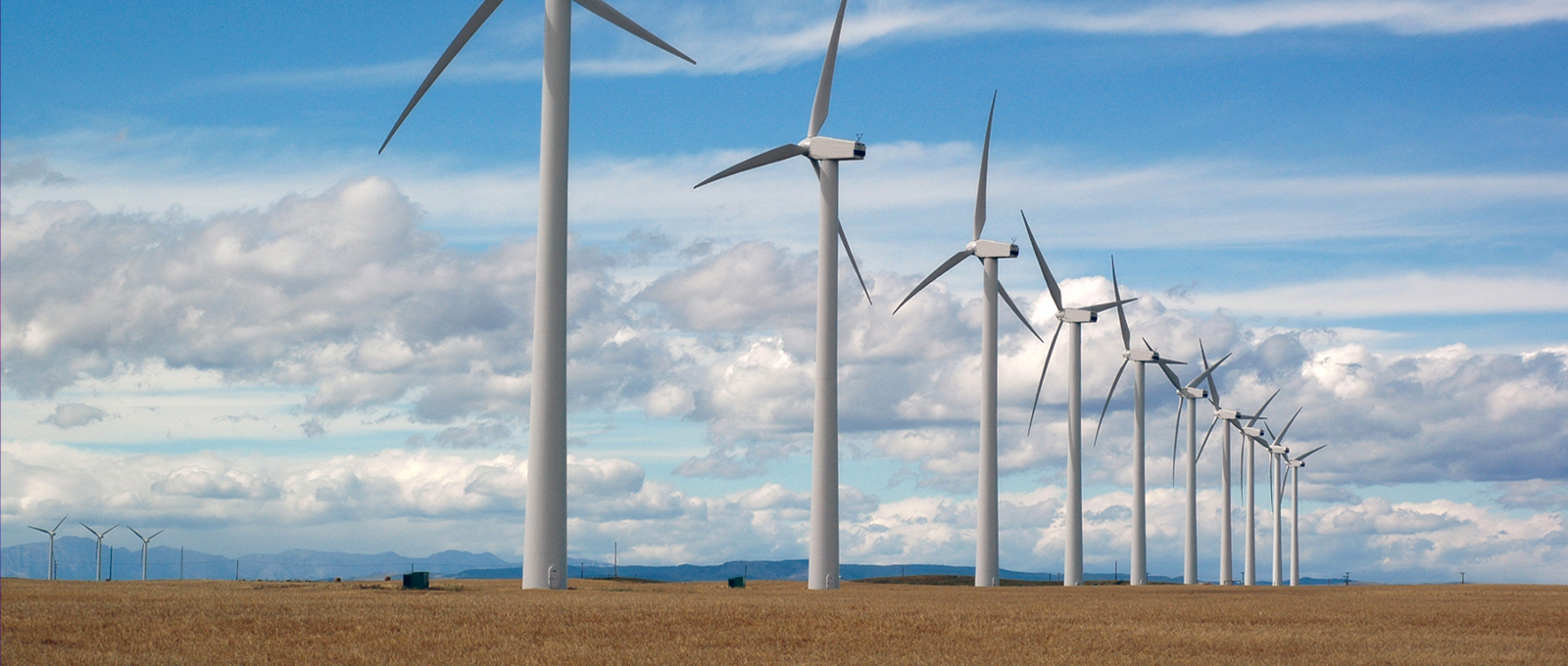Prysmian wins €1 bn in contracts to help Germany achieve sustainable energy transition
Germany will install one of the world’s longest underground cable systems to connect North Sea windfarms to its energy-hungry south

Germany will install one of the world’s longest underground cable systems to connect North Sea windfarms to its energy-hungry south

These prestigious awards confirm the ambition of Prysmian Group to play a strategic role in the shift towards a low-carbon economy and to drive the energy transition forwards with smarter, more reliable and more sustainable solutions.
With SuedOstLink and A Nord, Prysmian extends its involvement in strategic underground interconnection projects, alongside the Piedmont-Savoy connection between Italy and France, the INELFE link between Spain and France, the ElecLink project running through the Eurotunnel between France and the UK, and the ALEGrO connection between Belgium and Germany.
These new higher-voltage cables normally lead to a reduced quantity of cables to transmit the same power (comparing for example 525 kV to a 320 kV DC system), thus requiring less space to install, increasing also the overall benefit and efficiency for a project of this size. Prysmian has launched two new 525 kV cables, one qualified with P-Laser and one with XLPE insulation.
SuedOstLink and ANord underground cable system will use P-Laser technology, a fully qualified high-performance insulation system that has evolved over the years in a comprehensive HVDC development program of rigorous testing and extensive trials. P-Laser is suited for the highest voltage levels delivering enhanced thermal performance and high intrinsic reliability that enable more flexible and sustainable solutions, such as optimised construction with reduced trench widths. It is fully recyclable, eco-friendly and offers increased productivity. With 30% lower CO2 emissions in production, it has much higher environmental credentials compared to more conventional technologies.
EVP Projects
Germany’s energy corridors plan is ambitious to say the least, because these underground lines will be the longest in the world and will use a new, higher voltage cables technology.
The future will certainly call for more energy dispatchment – stronger grids and safer energy – but for sure with fewer overhead lines. This is the trend of the future market for cables.
Underground cables will replace overhead lines despite the fact that underground cables cost more up front. They are more eco-friendly and allow for easier permitting because residents and communities are less likely to oppose an underground cable.
EVP Projects

